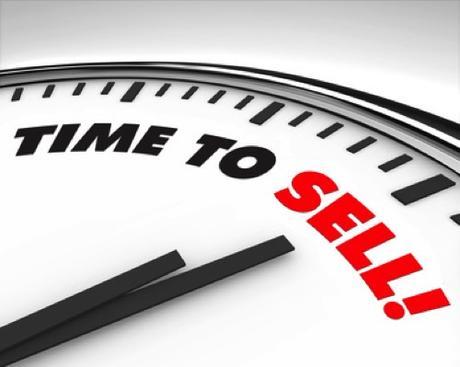 There are few absolutes in business, except maybe a couple about ROI (you’ll take a strong one, please) and sales (hey, make that a double). As we find ourselves smack-dab in the middle of sales kick off season, there are a lot of hot marketing topics like these swirling around boardrooms and brainstorming sessions. Our focus today is on one of them—sales enablement—and why, precisely, you should care.
There are few absolutes in business, except maybe a couple about ROI (you’ll take a strong one, please) and sales (hey, make that a double). As we find ourselves smack-dab in the middle of sales kick off season, there are a lot of hot marketing topics like these swirling around boardrooms and brainstorming sessions. Our focus today is on one of them—sales enablement—and why, precisely, you should care.
What is Sales Enablement?
The long answer Oracle quotes—this is just a bit of it—is that sales enablement means “providing sales with insights into buyer motivations, behavior, and activity to help boost their results.” The short answer? Practicing sales enablement just means empowering your salesforce through all that marketing your B2B company is doing anyway. After all, good marketing is all about insight, and applying a bit of that insight to the way sales teams approach customer interactions—rather than just in how buyers react in those situations—is sales enablement at its best.
Why is it Important?
The role of today’s sales rep continues to evolve, becoming more conversion-focused at a time when content marketing is really gaining traction. We talk a lot about content marketing, actually—why it matters, where it’s going and how to get it right. If the sales force isn’t made aware of and given access to this slew of relevant content being produced, though, interactions with customers can suffer.
For example, according to an IDC report addressing sales enablement, a whopping 57 percent of sales reps appeared to be only somewhat prepared or not prepared for initial client meetings. Perhaps even worse, buyers felt reps were effective at solution selling only 16 percent of the time. I don’t know about you, but when I hear those numbers, all I see are missed opportunities (and lots of them)
But why the uninspiring marks? As far back as 2012, the CMO Council reported that 40 percent of a B2B salesperson’s time on the job is spent preparing content for current and prospective contacts. Forty percent! And that number’s surely higher now. If similar content is being developed elsewhere within the organization—and odds are that it is, or at least something is that could be tweaked a bit from a sales perspective—nearly half of the time a typical salesperson is working is spent reinventing the marketing wheel. That’s inefficient, and we can do better.
Enter sales enablement (done well), which is not mutually exclusive to content marketing (done well). When these two forces work together, however, they can create the best of both worlds—an experience in which both the buyer and the salesperson feel empowered, knowledgeable and confident about the transaction from each unique perspective.
How? Let’s get to it.
Are You Doing it Right?
Effective sales enablement means combining lead nurturing with demand generation. In other words, teach your teams to not only look for sources of new business but to create a demand for what your business has to offer at a nuts-and-bolts level. Consider additional sales training techniques, such as role-playing, to drive these points home. Other suggestions to ace sales enablement include the following:
Focus on staying top of mind. We all know that top-of-mind status is sales gold, and it’s at this juncture that lead nurturing can really materialize into actualized metrics.
Provide insight, give insight. Teach salespeople how to identify digital body language to determine who is doing the looking and who is doing the buying within a company. Digital movements can also indicate what companies are actively engaged in buying or pre-buying patterns by territory.
Strengthen relationships. Recognizing names and faces matters in sales. Automated marketing programs can make sure buyer-facing communications come from the same salesperson every time in order to build a relationship through even the simplest of correspondence.
At the end of the day, sales enablement is important because it can be the ‘so what’ that keeps your clients coming back. If you’ve invested in your salesforce, you’ve secondarily invested in streamlining your client experience. Not only that, but you’ve done so in a way backed by data and supported by solid, relevant content. Everybody wins.
Are you planning a sales enablement initiative at your 2016 sales kick off? Do you already have on in the works? I’d love to hear about your experiences.
Additional Resources on this Topic:
Sales Enablement Best Practices
54 Top Sales Enablement Tools: The Best Software Tools and Platforms to Help Grow Sales Productivity
Content Marketing: Is It The Modern Sales Call?
A version of this post has been first published on The Marketing Scope.
Photo Credit: mamnonanhanh via Compfight cc

